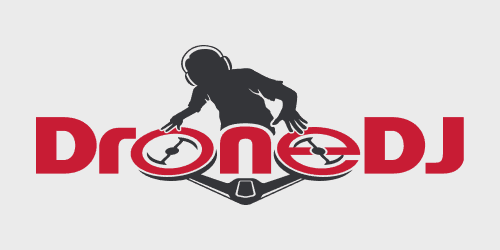
A2Z Drone Delivery has built an aircraft around its patented tethered freefall aerial delivery mechanism. The result is the RDSX commercial delivery drone, whose dual payload and elevated package drop system allow companies to increase mission efficiency while responding to consumer concerns about noise or privacy.
Speeding drone delivery, enhancing client comfort with freefall payload drops
The RDSX was developed as a means of allowing A2Z Drone Delivery to fly and operate its RDS1 drone delivery system within a single, in-house package. The company had previously supplied its tethered freefall mechanism to other delivery partners, notably when Coca-Cola flew its Coke with Coffee to customers in Georgia. With the RDSX, A2Z will permit clients to fly dual payloads of up to 2 kilograms each for round-trip missions of up to 18 kilometers. A single-drop payload configuration will extend that maximum range to 30 km.
The RDSX’s controlled-freefall delivery method allows packages to be rapidly but safely dropped from up to 150 feet above the specified destination. That saves time usually required to land the craft, or to slowly winch goods downward. The system’s Kevlar tether and auto-release mechanism drops the payload, and allows gravity to provide its rapid descent. An onboard computer and sensor platform detects when packages near the ground, easing them to a controlled, gentle stop before lowering them the remaining distance to the delivery point. Boxes used to secure and protect goods then release their contents on the ground for clients to collect them, and are swiftly reeled back to the RDSX for reuse.
Gravity replaces landing for faster deliveries
In addition to making that last leg of delivery a faster, cheaper step in the process, maintaining the drone at higher elevations also responds to client concerns. Many potential drone delivery customers have expressed unease about noise or other effects of rotors on landing craft, and are also uneasy about how descending vehicles may undermine their privacy. The RDSX, its developers say, provides solutions for companies making deliveries and people receiving them at the same time.
“Residential drone delivery pilot programs are coming online throughout the United States right now, and much of the industry is anxiously awaiting the large-scale regulatory approval that will see residential deployments rapidly expand,” said Aaron Zhang, founder of A2Z Drone Delivery. “While the raw technical capabilities for these deliveries already exist, a key benchmark for regulatory approvals will be addressing the consumer comfort with UAVs being rolled out into daily life. Our tethered freefall delivery capability integrated with the RDSX offers a way to mitigate some of those consumer concerns.”
In addition to domestic delivery functions, the RDSX is also being tested for shore-to-ship missions, first responder operation, and the deployment and retrieval of ground sensors for energy exploration. The craft has been equipped with a pair of cameras to allow beyond visual line of sight flights when needed, and carries a downward-facing LiDAR sensing system to stream continuous data to the onboard firmware controlling payload descent. Its quick-swap bucket-style batteries are designed to reduce downtime between flights.
“Working hand-in-hand with a logistics provider gave our engineers invaluable insights into how our customers will interact with the drone platform and allowed us to design the RDSX from the bottom up for the unique demands of commercial UAV deliveries,” said Zhang. “Based on an extremely robust flight platform with hundreds of thousands of flight hours, the RDSX integrates our tethered freefall delivery mechanism to minimize time-on-station, reduce downtime and prioritize safety for the airframe, its payloads and the customers receiving packages.”
FTC: We use income earning auto affiliate links. More.


Comments